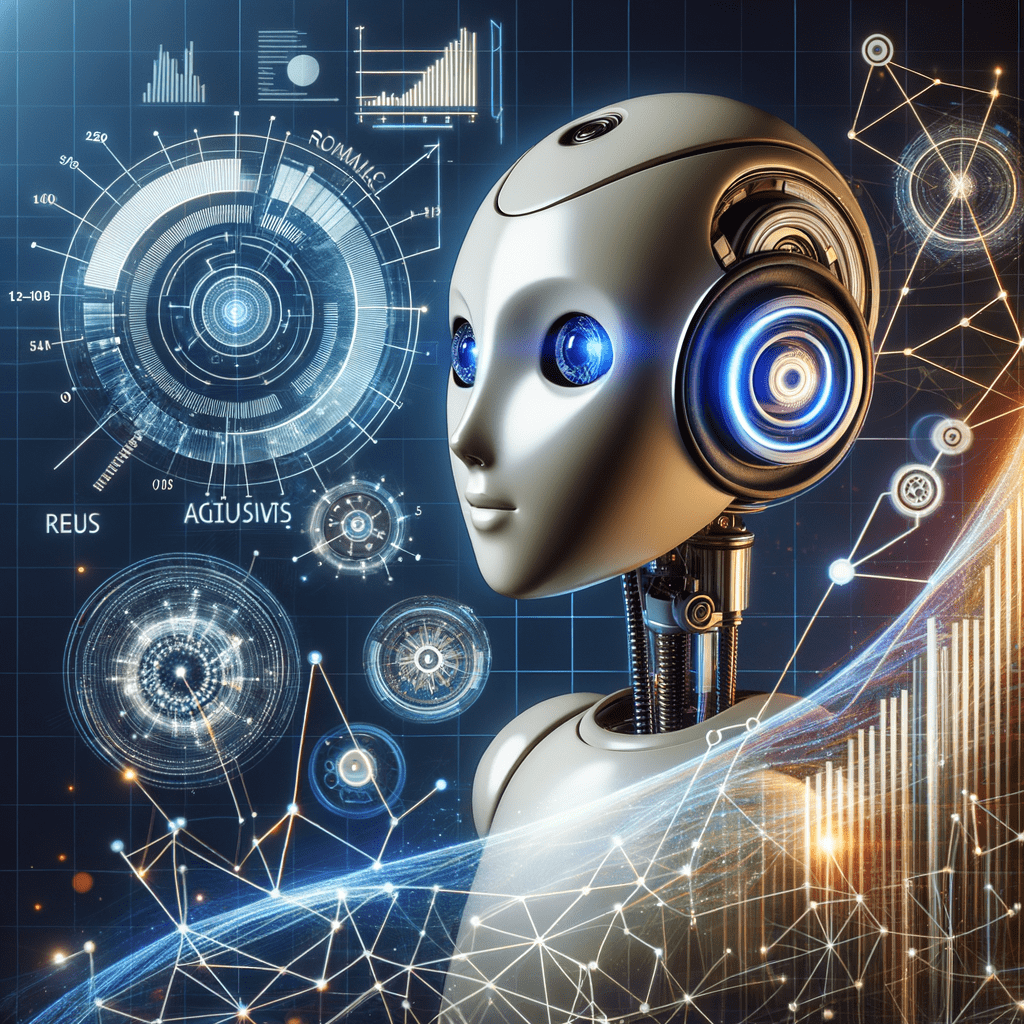In today’s rapidly evolving work environment, the Digital Employee Experience (DEX) has emerged as a pivotal factor influencing productivity, employee satisfaction, and overall operational efficiency. As organizations increasingly adopt hybrid and remote work models, the importance of DEX cannot be overstated. With digital tools becoming central to daily operations, a seamless digital experience is crucial for maintaining engagement and driving business success.
Understanding digital employee experience
Digital Employee Experience encompasses all interactions employees have with digital tools, platforms, and systems within their workplace. It is the lens through which employees perceive their technological environment, impacting their ability to perform tasks efficiently and their overall job satisfaction. A robust DEX facilitates higher engagement and improved business outcomes, whereas a poor DEX can lead to frustration, decreased morale, and increased turnover.
The growing significance of DEX
As organizations navigate the complexities of hybrid and remote work models, the digital landscape has become a cornerstone of employee engagement strategies. The ability to access intuitive, reliable digital tools is no longer a luxury but a necessity. Employees now judge workplaces based on the ease of use and accessibility of these tools, with a strong DEX being a key driver of retention and engagement. In contrast, a subpar digital experience can result in operational inefficiencies and heightened employee dissatisfaction.
Purpose and benefits of enhancing DEX
This blog post aims to explore how organizations can elevate employee engagement by creating a seamless digital experience. By understanding the components of a strong DEX, businesses can implement strategies that not only improve employee satisfaction but also streamline workflows and enhance productivity. A well-executed digital experience strategy can transform the workplace, making it more agile and responsive to the changing needs of its workforce.
Core definitions and trends in digital employee experience
In today’s digital-centric work environment, the concept of Digital Employee Experience (DEX) is continually evolving. According to Vouch, DEX encompasses all digital touchpoints that employees interact with, including technology, processes, and the digital company culture. This perspective highlights the critical role of AI and modern tools in preventing employee frustration and maximizing productivity. By personalizing the digital journey and aligning strategies between HR, IT, and management, organizations can create a positive and seamless DEX.
HeartCount emphasizes DEX as a crucial driver of engagement and retention, rather than merely an IT concern. As hybrid and remote work models become more prevalent, the intuitiveness and accessibility of digital tools have become benchmarks for evaluating workplaces. HeartCount cites that nearly half of digital workers struggle to find necessary information, underscoring the significant business impact of effective DEX strategies.
Cerkl distinguishes between DEX and the broader employee experience (EX), which includes physical and cultural aspects. This distinction is vital as digital tools can both connect and overwhelm employees, leading to digital burnout if not managed thoughtfully. Cerkl stresses that DEX should be a central component of a company’s overall experience strategy, balancing connectivity with employee well-being.
TeamViewer focuses on the seamlessness of digital workflows, which directly impacts employee morale and productivity. Proactive monitoring and real-time IT insights are transformational in building trust and addressing issues before they escalate, enhancing the overall digital experience for employees.
Key data and insights shaping DEX
One of the most significant trends reshaping digital employee experience is the integration of AI. The rapid adoption of AI assistants and tools that automate routine tasks is changing how employees engage with technology. These advancements not only enhance productivity but also redefine expectations for digital support in the workplace.
Hybrid work models are becoming the standard, necessitating robust digital experiences both in-office and remotely. Data from industry sources like Skedda indicate that hybrid arrangements are solidifying, increasing the demand for seamless digital tools that support flexible work environments.
However, the rise of digital engagement also brings challenges, particularly regarding employee well-being and burnout. Statistics reveal that a significant percentage of remote employees experience digital burnout, highlighting the need for thoughtful DEX design that prioritizes user-friendly interfaces and manageable digital workloads.
Strategic and operational recommendations for enhancing DEX
To elevate the digital employee experience, organizations should focus on continuous improvement by establishing a feedback loop. This involves listening to employees, monitoring digital signals, and iterating on DEX strategies to ensure they meet evolving needs. Simplifying interfaces and prioritizing reliable tools that genuinely enhance workflows are also crucial steps in improving DEX.
Proactive IT support is another key element. Shifting from reactive problem-solving to proactive issue prevention, using advanced analytics and automated remediation tools, can build trust among employees and ensure a seamless digital experience.
Finally, aligning efforts across departments is essential. Coordinated actions between HR, IT, and leadership ensure that digital initiatives align with actual employee needs and preferences, fostering a cohesive and supportive digital environment.
Competitive advantages of a strong digital employee experience
In the competitive landscape of today’s job market, a well-crafted digital employee experience (DEX) has become a crucial differentiator. Companies that prioritize DEX not only enhance their internal productivity but also strengthen their employer brand. This, in turn, aids in attracting and retaining top talent. As digital interactions form the backbone of modern work environments, businesses with a seamless DEX are better equipped to meet the expectations of a tech-savvy workforce.
Moreover, platform providers like HeartCount and TeamViewer play a pivotal role in this ecosystem. These companies offer advanced tools and analytics to monitor and enhance DEX, integrating AI solutions that preemptively address potential issues. By leveraging such technologies, organizations can ensure a proactive approach to maintaining a high standard of digital engagement, ultimately fostering a more satisfied and productive workforce.
Emerging opportunities in global DEX customization
As businesses extend their reach across borders, the need for localized and customized digital employee experiences becomes increasingly apparent. Tailoring DEX solutions to accommodate cultural nuances and regional compliance requirements is essential for global teams. This customization not only enhances user satisfaction but also ensures that digital tools are aligned with local legal and operational standards.
For companies like BridgeWay Solution Ltd., specializing in global HR and compliance, this represents a significant opportunity. By offering expertise in designing DEX solutions that cater to diverse international teams, BridgeWay can provide a competitive edge to businesses navigating the complexities of global expansion.
Conclusion: Making DEX a strategic priority
In conclusion, a seamless digital employee experience is no longer a mere enhancement but a strategic necessity for modern businesses. By prioritizing DEX, organizations can drive engagement, streamline operations, and achieve better business outcomes. As digital tools continue to evolve, companies must remain agile, continuously adapting their strategies to meet the dynamic needs of their workforce.
BridgeWay Solution Ltd. stands ready to assist businesses in this journey, offering comprehensive support in crafting robust DEX strategies that align with both global and local requirements. By integrating DEX into the broader employee experience strategy, companies can ensure a thriving, future-ready workplace.
Frequently Asked Questions
What is digital employee experience (DEX)?
Digital employee experience (DEX) refers to the sum of all interactions employees have with digital tools, platforms, and systems within their workplace. It impacts productivity, satisfaction, and operational efficiency.
Why is DEX important for businesses?
A strong DEX leads to higher engagement, streamlined workflows, and improved business outcomes. Conversely, a poor DEX can result in frustration, increased turnover, and higher operational costs.
How can AI improve DEX?
AI tools can automate routine tasks and provide digital support, enhancing productivity and engagement by allowing employees to focus on more strategic activities.
What role does IT play in DEX?
IT is crucial for ensuring seamless technology integration, providing proactive support, and aligning digital tools with employee needs to enhance the overall experience.
How does DEX influence employee retention?
A positive DEX contributes to a favorable employer brand, helping attract and retain top talent by providing a satisfying and efficient work environment.




